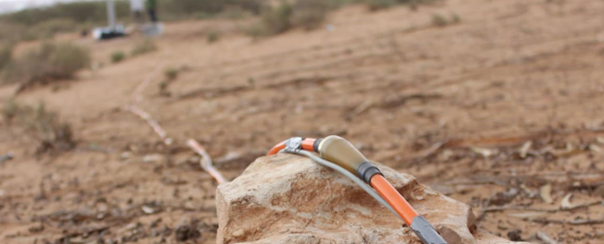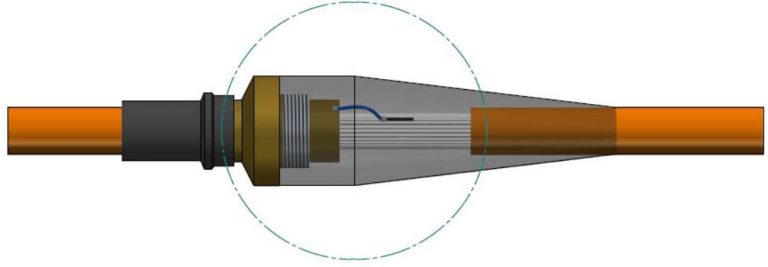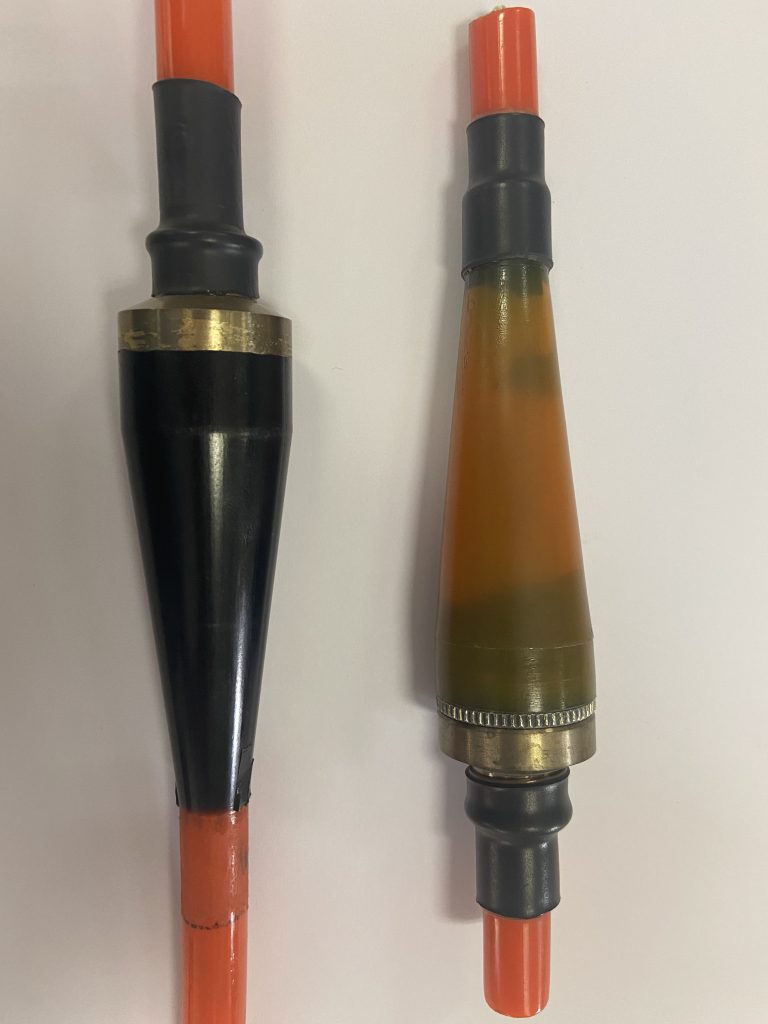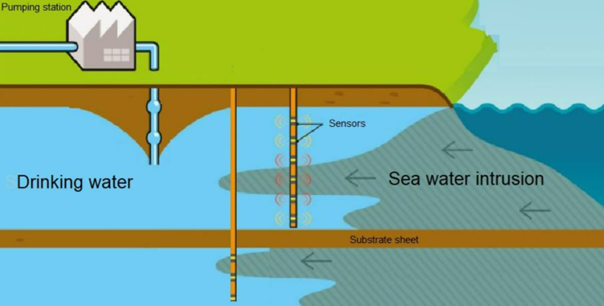
Climate change is having a major impact on groundwater reservoirs. In many regions around the world, groundwater levels are falling because, on the one hand, the demand for drinking water is increasing and, on the other, agricultural irrigation is steadily on the rise. As a result, polluted surface water from rivers and streams is increasingly flowing into the groundwater and polluting our groundwater “ecosystem”. In addition, global warming and the melting of glaciers are causing sea levels to rise worldwide. This threatens the drinking water reserves of coastal regions in particular. According to estimates by American hydrologists, up to 50 per cent of groundwater could become saline because seawater is seeping into the water reservoirs.
In a simulation, scientists have determined that the mixing of salt and fresh water is most intensified where the sea level rises sharply and the subsoil also has a particularly large number of soil layers. This allows the subterranean brackish water zone to expand much further inland than the seawater on the earth’s surface.
Water supplier monitors quality
But how can we protect ourselves from groundwater salinisation? The French company imaGeau has developed a solution to this problem. imaGeau is a subsidiary of the SAUR Group, which operates waterworks and infrastructure for the distribution of drinking water as well as wastewater treatment plants and plans water transport and treatment facilities. It is the third largest water supplier in France. imaGeau specialises in monitoring groundwater quality. To this end, the company has developed specialised water management software that reliably indicates changes in water quality at various points in the monitored region. This digital solution integrates artificial intelligence to optimise the management and conservation of water resources and enables timely action to be taken to prevent further pollution of the remaining precious water. More than 200 municipalities and industrial companies are now customers.
Special cable with up to 60 electrodes
One aspect of groundwater monitoring is also the measurement of salinity. To measure it at different times of the year and under different weather conditions, probes patented by imaGeau need to be placed in the ground to track salinity at different depths. And this is where LAPP comes in. For these probes, LAPP has supplied a special cable developed specifically for the customer’s requirements. “Our customer only proposes the software solutions. We take care of the hardware solution. This means that we adapt our system individually to the respective geological properties of the borehole in question in the region to be monitored,” says Attila Reinelt, responsible for the special cables for imaGeau at LAPP, adding: “The dielectric behaviour of salt water is different to that of fresh water. In order to be able to record these values, we use a cable from our production with the dimensions 60×0.25mm² and a cable sheath made of polyurethane.” Electrodes manufactured by LAPP are integrated into the cable at the intervals specified by the customer and connected to a conductor. Up to 60 electrodes are possible per sensor cable, which measure the change in water quality. This is recorded based on the change in line resistance and capacitance between the electrodes. These values are then analysed with the imaGeau software so that measures can be initiated quickly if necessary.


Measurement on the Côte d’Azur
One customer, for example, is the municipal water supplier Eau d’Azur on the Côte d’Azur. Eau d’Azur turned to imaGeau as a preventative measure before the water extraction points were irrevocably affected by the salt layer. The difficulty with brackish water is that once it has been discharged into the water table, it can no longer be pushed back due to its higher density than fresh water.
Eau d’Azur has around 20 boreholes in the alluvial plain of the Var river, which supply part of the metropolis of Nice. This corresponds to around 400,000 inhabitants in winter and 600,000 in summer. The water extraction points are spread across the entire Var River, some of which are very close to the sea. This proximity to the coast favours the ingress of salt water during pumping, which threatens to render some boreholes unusable.

Intelligent control of water extraction
imaGeau was therefore commissioned by the Nice Water Authority in 2021 to set up enhanced monitoring of the salt slopes to help them manage their water abstractions. The probes enable live visualisation of the data and promote dynamic management of the water extraction points. In this way, abstractions are distributed to locations where salt water is not a threat, taking into account groundwater conditions and the seasons.
One-stop solution from LAPP
Attila Reinelt: “Our special cable fits perfectly into our so-called Solution product range for assembled special cables. This fact makes a big difference to our competitors. We offer everything in-house, from development to realisation. For products like these, we offer an after-sales service consisting of expertise, maintenance, retrofitting and on-site installation support, which is frequently requested by customers from the oil industry, for example.” The special cable fitted with electrodes has already been on the market for a few years and is now in high demand in Europe. It has also been used in North Africa since January 2024.
